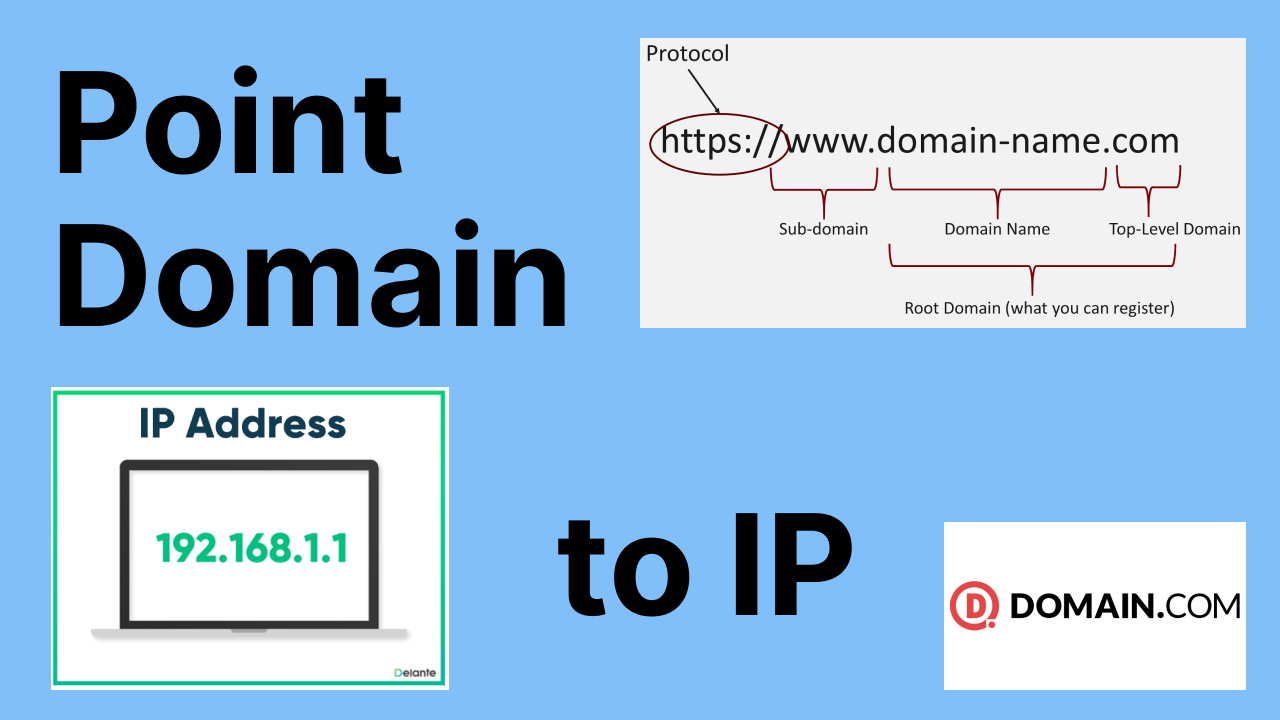Domain Name or IP Address: What’s the Difference?
When it comes to navigating the vast world of the internet, understanding the difference between a domain name and an IP address is crucial. Both are essential components of the online landscape, but they serve distinct functions. Let’s break down the differences between domain names and IP addresses to help you navigate the digital realm with ease.
What is a Domain Name?
A domain name is a human-readable address that represents an IP address. It consists of a unique combination of letters and numbers separated by dots. Domain names are used to identify specific websites on the internet, making it easier for users to remember and access websites without having to memorize complex strings of numbers.
Domain names are typically organized into hierarchical levels, with the top-level domain (TLD) being the most general (e.g., .com, .org, .net). Beneath the TLD are second-level domains, which are more specific and often represent the organization or entity associated with the website.
What is an IP Address?uick links with ease. An IP address is a unique numerical label assigned to every device connected to a computer network that uses the Internet Protocol for communication. IP addresses serve as the foundational addressing mechanism of the internet, allowing devices to communicate with one another over the network.
IP addresses can be either IPv4 or IPv6, with IPv4 being the traditional 32-bit address format and IPv6 being the newer 128-bit address format. Each device on a network, including servers, computers, and mobile devices, is assigned a distinct IP address to enable communication and data transfer.
Domain Name vs. IP Address
While domain names and IP addresses are closely related, they serve different purposes in the world of networking. Domain names provide a human-friendly way to access websites, while IP addresses are the underlying foundation of internet communication.
When you type a domain name into your web browser, the Domain Name System (DNS) converts the domain name into the corresponding IP address, allowing your device to locate the website’s server and retrieve the desired content. This seamless translation process is essential for smooth internet browsing and connectivity.
Understanding the distinction between domain names and IP addresses is essential for anyone navigating the online landscape. Whether you’re a casual internet user or a tech-savvy professional, knowing how these fundamental components work together is key to unlocking the full potential of the internet.
Conclusion
In conclusion, domain names and IP addresses are essential elements of the internet ecosystem, each serving a unique purpose in facilitating online communication and connectivity. By understanding the differences between domain names and IP addresses, you can navigate the digital realm with confidence and clarity.
Whether you’re registering a domain name for your business or troubleshooting network connectivity issues, having a solid grasp of these fundamental concepts will empower you to make informed decisions and overcome challenges in the ever-evolving world of technology.
